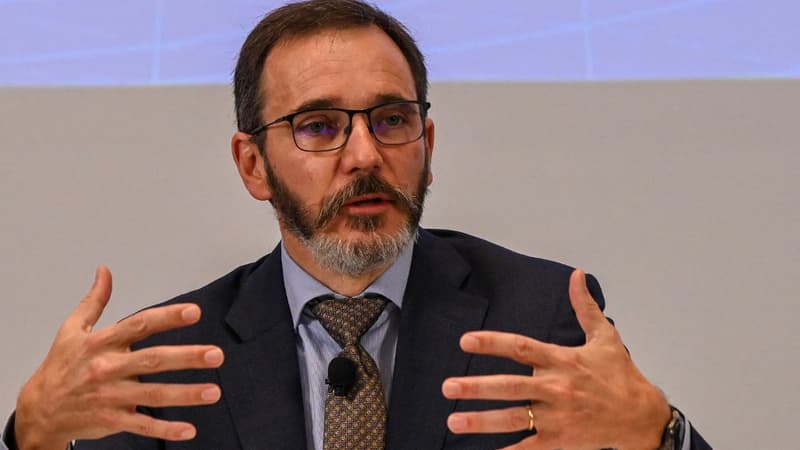The global economy is showing signs of mild improvement, according to the latest growth data update released on Tuesday by the International Monetary Fund (IMF), which now forecasts slightly better growth in 2023 and will hold steady in 2024. The institution now anticipates global growth of 3% in 2023, up from 2.8% in its previous estimate in April, and that it should hold at the same level in 2024, unchanged from the previous estimate.
Monetary tightening continues
Most advanced economies, like the major emerging countries, seem to be doing better than the Fund had feared so far. And this, despite a now restrictive monetary policy almost everywhere, to fight inflation that remains “stubbornly high”.
Also on this front, the IMF expects a slight improvement by the end of the year with inflation that should reach 6.8% worldwide by the end of the year, 0.2 percentage points less than forecast in April. But the inflation that also lasts longer: at the end of 2024 it should still be at 5.2%, while in March the institution expected it to be 0.3 percentage points lower.
The IMF insists on the need to continue with monetary tightening to bring inflation to its target, even if this implies an effect on the economy, which so far has been much more resilient than expected, particularly in emerging countries.
United States avoids recession
On the G7 side, Germany should be the only country to experience a recession in 2023. This, moreover, looks increasingly inevitable and a bit steeper than expected in April, to the IMF, which now expects a 0.3% drop, down from just 0.1% in April.
On the contrary, the rest of the main European economies are holding up better, raising the forecast for the French economy to 0.8% (+0.1 pp compared to April) and that of Italy to 1.1% (+0.4 pp) when the Spanish economy even seems to be showing real signs of good health (2.5% expected, +1 pp).
On the United States side, the risk of recession, although long announced, now seems ruled out, despite the successive rate hikes since March 2022: the IMF now expects growth of 1.8% for its economy, compared to 1.6% last April.
The American economy was especially solid in the first quarter, with growth of 2% at an annualized rate, with an estimated annual growth of 0.9% according to the OECD.
Latin American economies in better shape
As for the emerging countries, the growth forecasts for the Chinese economy remain unchanged, at 5.2% in 2023 and 4.5% in 2024, despite concerns about the risk of a slowdown and the consequences of possible deflation, while inflation was zero in June, more than a year.
“We keep our outlook unchanged as we believe China can successfully meet its growth targets, but this will require support from the authorities, both in terms of monetary and fiscal policy, especially for consumers,” the chief economist said.
By contrast, the major economies of Latin America appear to be doing better, benefiting from strong performance on the trade front, a record surplus for Brazil and investment, Mexico benefiting greatly from the US desire to strengthen supply chains.
These two countries have seen their growth forecasts for 2023 increased by 1.2 points, to 2.1%, and by 0.8 points, to 2.6%, respectively, compared to the April estimate.
As for Russia, which was expected to experience a severe recession in 2023, according to the IMF’s initial report published last October, it continues to see its forecasts improve: expected at 0.7% for 2023 last April, it can expect to see its economy grow by 1.5%, the Fund now estimates.
Source: BFM TV


